The First Amphibious Unit
In the face of Chinese expansion in the Western Pacific and the associated possibility of an invasion, it became evident that Japan’s Army (JGSDF) lacked amphibious capabilities necessary for island defense.
This led to the establishment of postwar Japan’s first marine unit in 2018 – the Amphibious Rapid Deployment Brigade (ARDB).
Designed to conduct amphibious landings and retake remote islands from invading forces, the ARDB was created by expanding the Western Army Infantry Regiment, a preexisting unit tasked with similar duties.
This “infantry” regiment was actually a 700-men strong battalion with the majority being ranger-qualified troops capable of carrying out commando operations.
By incorporating this elite regiment as the founding core, the newly formed ARDB now has three regiments with a total of 3,000 marines.
The Brigade is mainly stationed in Sasebo City, Nagasaki Prefecture where the JMSDF’s 2nd Fleet and transport units as well as the US Seventh Fleet’s amphibious units are conveniently deployed.
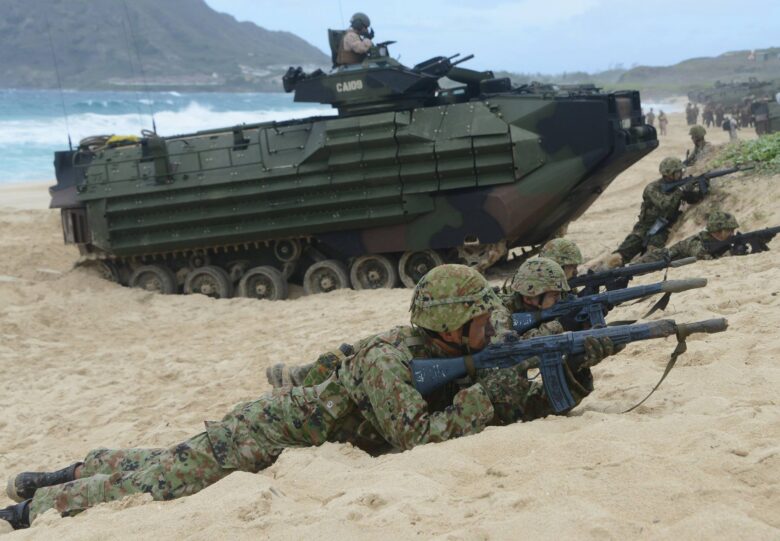 ARDB training with the US marines (photo: JGSDF)
ARDB training with the US marines (photo: JGSDF)
It is worth highlighting that the ARDB nearly started from scratch in terms of capability building. The aforementioned Western Army Infantry Regiment did possess valuable amphibious skills, but their main focus was on infiltration rather than a frontal assault.
Since the last marine unit dated back to WW2, any know-how on securing a beachhead was absent from the JGSDF, thus relying on the United States for assistance.
The ARDB acquired basic skills from the US marines by conducting joint exercises and dispatching members to receive training. In this manner, freshmen marines of the ARDB were able to learn from the best amphibious force in the world.
Simultaneously, the ARDB procured the necessary equipment for amphibious warfare such as the AAV-7 assault vehicle and inflatable rubber boats. Alongside these new equipment, 84mm and 120mm mortars, Carl Gustaf recoilless rifles were distributed to boost infantry firepower.
The ARBD also enjoys the privilege of receiving new equipment earlier than other units. For instance, the latest Type 20 assault rifle can be seen at the lowest level of the brigade whilst the new rifle seems to be out of reach for other divisions/brigades.
ARDB’s Skill and Role
So how good is the ARDB in amphibious warfare?
While being a relatively small brigade, the ARDB is considered as an elite unit only next to the Special Forces Group and the First Airborne Brigade. The toughest, skillful members of the JGSDF are preferentially assigned, and half of the brigade are graduates of the ranger course.
Upon assignment, members will undergo five weeks of basic training, where they pick up the necessary skills for amphibious warfare. Subsequent training courses specialize in various situations ranging from infiltration raids to heliborne operations, and those who have yet to graduate the ranger course will be sent for additional training.
In the event of an actual contingency, the vanguard units of the ARDB are expected to rapidly deploy by CH-46 helicopters and V-22 Ospreys while the bulk of the brigade arrives on JMSDF transports.
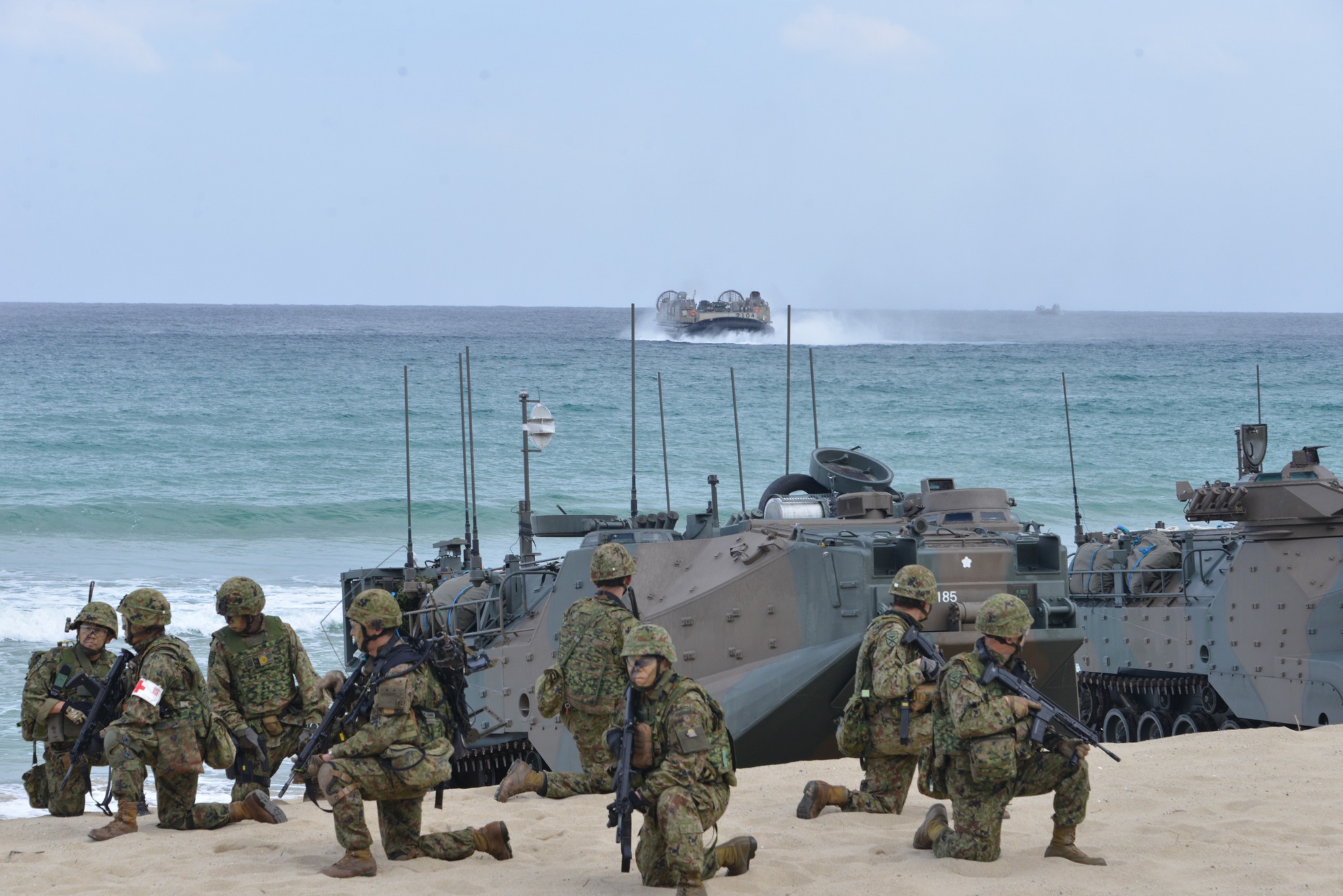 ARDB personnel securing a beachhead (photo: JGSDF)
ARDB personnel securing a beachhead (photo: JGSDF)
After five years of intensive training and assimilating know-hows from the US marines, it is safe to say the ARDB has achieved the initial operating capability as an amphibious force.
But, the overall ability is still rough around the edges, and further training is required to enhance it into a more certain one, especially in the realm of joint operations.

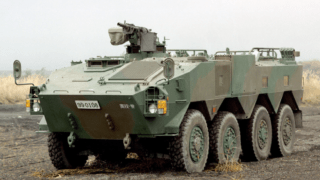
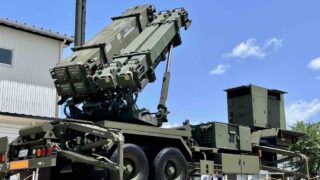

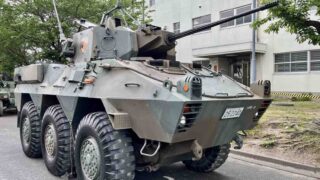

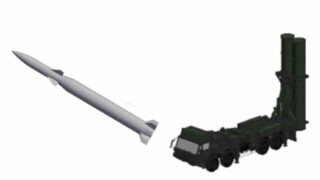
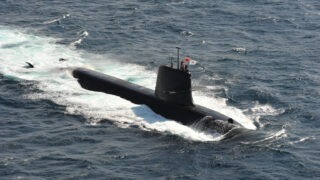
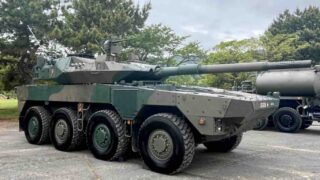
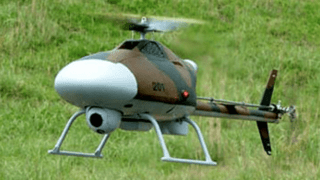
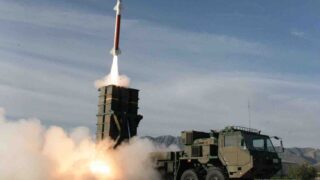
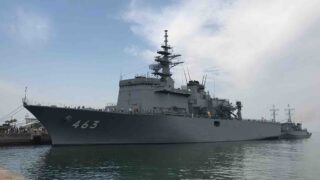
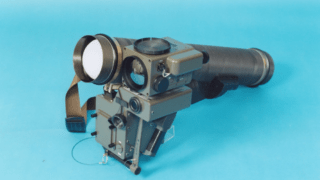
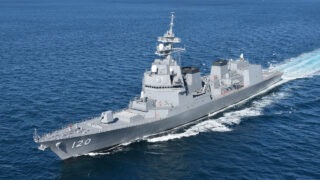
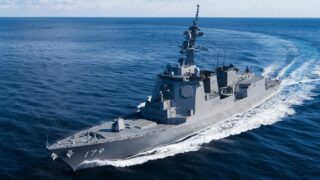
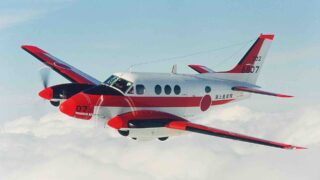
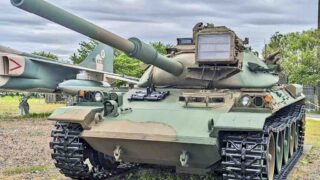
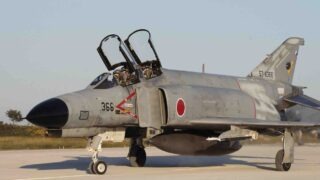
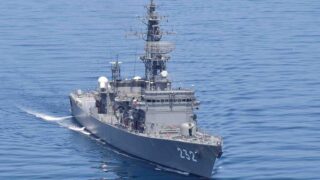
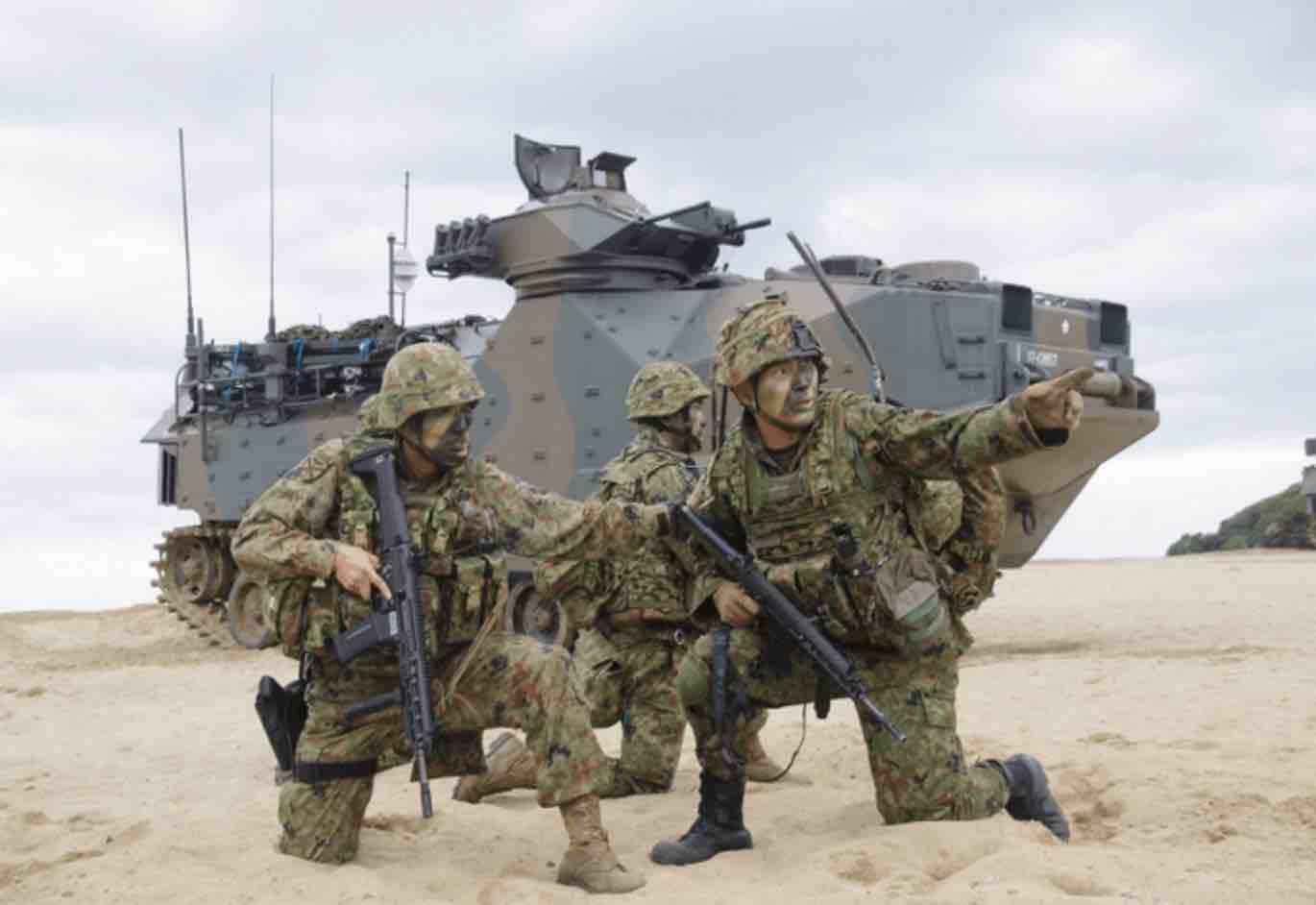
Comments